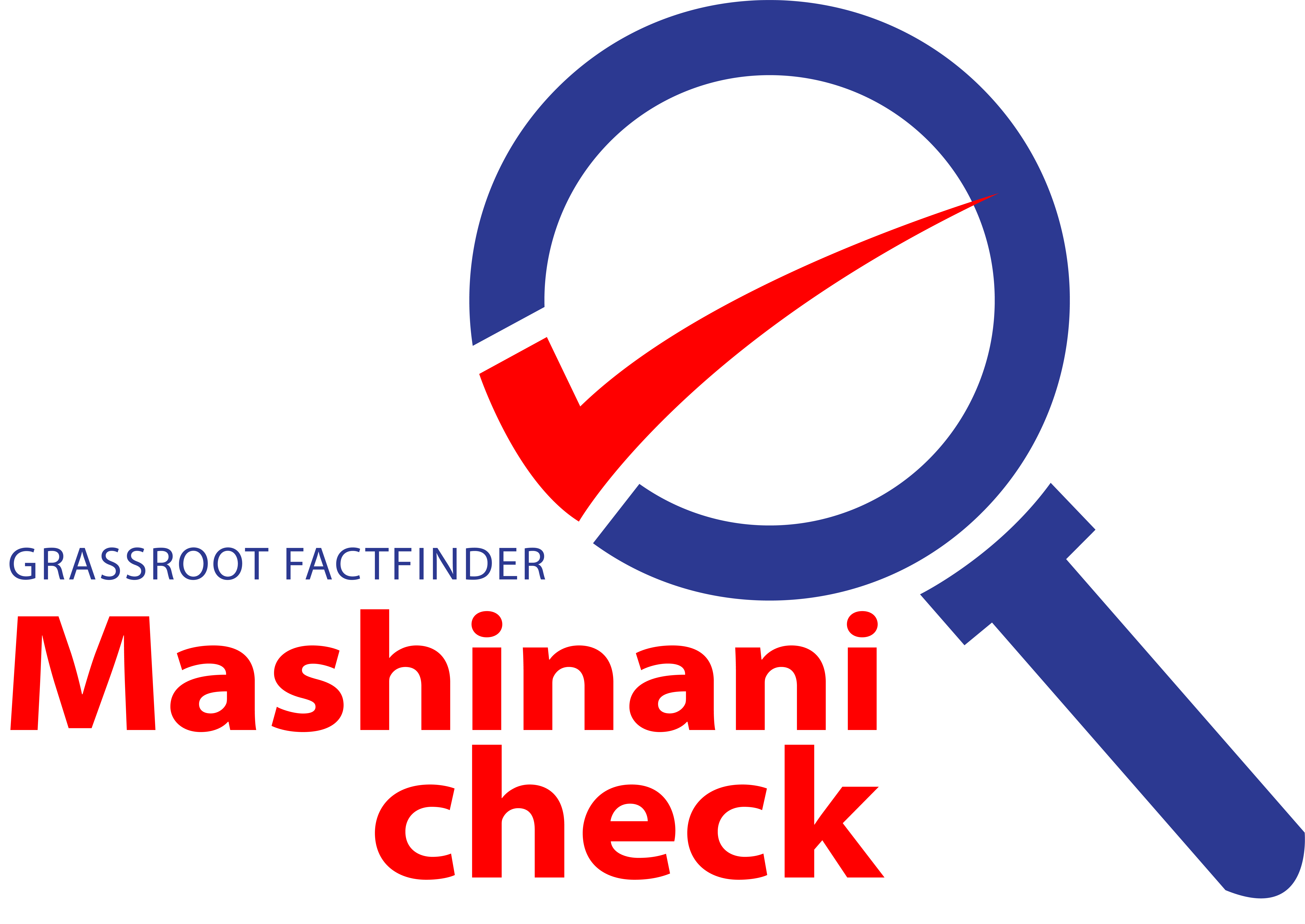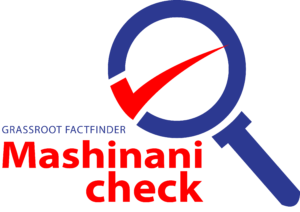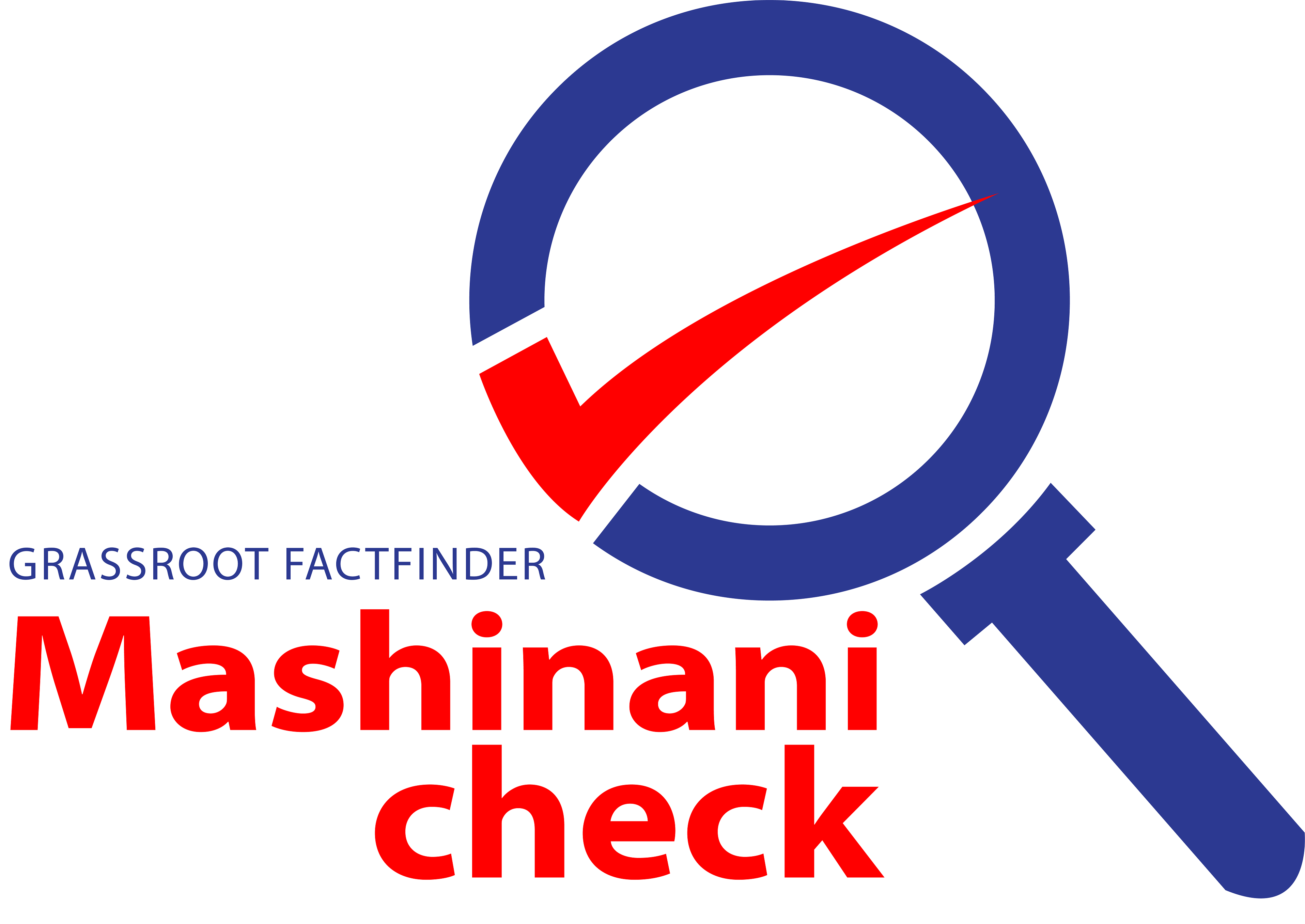In order to prevent the spread of fake news, here is a quick guide to spotting it.

1. Read Past The Headline
One way that fake news gets amplified is that busy readers may not look past the headline or opening paragraph before they decide to share an article. Fake news publishers sometimes exploit this tendency, writing the beginning of a story in a straightforward way before filling in the rest with obviously false information.
In other cases, clicking through to the article will reveal that the story really has nothing to do with the headline at all or provides nothing to back it up.
2. Check What News Outlet Published It
Unfamiliar websites plastered with ads and all-caps headlines should draw immediate skepticism. Googling a site’s name and checking out other articles it posts should also help determine whether it’s trustworthy.
Many fake news sites will outright say that they are satire or don’t contain factual information, but others are made to mimic major news outlets. Check the URL names of pages that look suspect, making sure that it’s not a hoax site that is pretending to be a trusted source.
3. Check The Publish Date And Time
Another common element in fake news is that old articles or events can resurface and lead people to believe they just happened. Checking the publish time stamp is something readers can quickly do to prevent being misled.
Sometimes, however, finding out when an event happened can take a bit more work ― such as when the date of an article is current, but the events described within it are old. Click through links and read carefully to determine when the event described actually happened.
4. Who Is The Author?
Looking at who wrote the article can reveal a lot of information about the news source. Searching through the author’s previous articles can show whether they are a legitimate journalist or have a history of hoaxes.
5. Look At What Links And Sources Are Used
A lack of links or sources for claims in an article is an obvious warning sign that the post is likely false. Fake sites may also provide numerous links to sites that appear to back up their claims, but are themselves spreading misinformation. Check to see that claims supported by links actually come from reliable sources.
6. Look Out For Questionable Quotes And Photos
It’s incredibly easy for fake news writers to invent false quotes, even attributing them to major public figures. Be skeptical of shocking or suspicious quotes, and search to see if they have been reported elsewhere.
Likewise, it’s easy to take a photo from one event and say it’s from another. Images can also be altered for a certain story. Reverse image searches, either through Google or tools like TinEye, can help you find where an image originated.
7. Beware Confirmation Bias
People are often drawn to stories that reinforce the way they see the world and how they feel about certain issues. Fake news is no exception, and many of the articles that fall under its umbrella are designed to stir up emotion in readers and prey on their biases.
It’s important to check that news stories are based in fact, rather than sharing them because they support one side of an argument or bolster pre-existing political beliefs.
8. Search If Other News Outlets Are Reporting It
If a story looks suspicious or claims to reveal major news, search to see if other news outlets are also reporting the story. A single article from a suspicious source making a grand claim should be viewed with heavy skepticism. If no reliable news outlets are also reporting the story, then it’s very likely fake.
9. Think Before You Share
Fake news sites rely on readers to share and engage with their articles in order for them to spread. In extreme cases, these fake articles can balloon out of control and have unintended consequences for those involved in the stories.
Source, Huffpost.com





